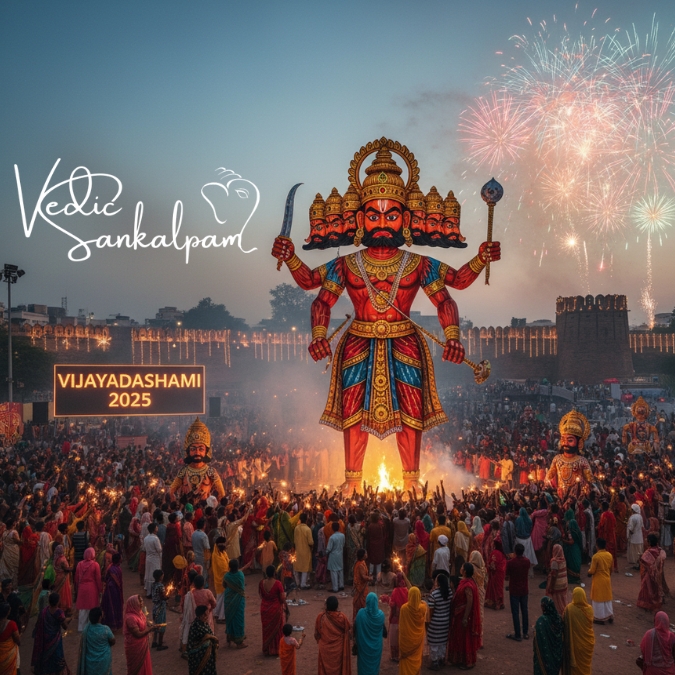Understanding the Parthiv Shivling and Its Divine Importance
The Parthiv Shivling, made of natural clay or earth (Parthiv meaning “of the earth”), holds a uniquely sacred position in Sanatan Dharma. Unlike the eternal stone Shivlings found in temples, the Parthiv Shivling is created for specific rituals, ceremonies, and spiritual purposes, then respectfully immersed in water. It is considered a powerful medium to worship Lord Shiva, invoking His energy and blessings in a temporary yet highly potent form.
Origin and Mythological Significance of Parthiv Shivling

In the Puranic scriptures, it is stated that Lord Ram himself made Parthiv Shivlings on the banks of rivers and worshipped them to gain divine strength. Even during the Mahabharata era, it is said that the Pandavas performed Parthiv Shivling Puja to overcome great obstacles. These stories highlight the age-old reverence and sanctity of the practice.
The Skanda Purana, Shiva Purana, and other ancient texts underline the importance of making 108 Parthiv Shivlings during Mahashivratri or in times of planetary affliction to please Lord Shiva and seek His protection.
Spiritual Benefits of Worshipping Parthiv Shivling
Worshipping a Parthiv Shivling is not merely symbolic—it yields profound spiritual, emotional, and physical benefits:
-
Removal of Negative Energy: The earthly composition of the Parthiv Shivling helps absorb and dispel negative vibrations from the surrounding environment.
-
Fulfillment of Wishes: Devotees often experience the fulfillment of desires—be it spiritual growth, prosperity, or health—through consistent and sincere Parthiv Shivling puja.
-
Relief from Doshas: It is highly recommended for those suffering from Pitru Dosha, Kaal Sarp Dosha, or planetary afflictions, offering relief through Lord Shiva’s blessings.
-
Cleansing of Sins: According to the Shiva Purana, performing Abhishekam on a Parthiv Shivling with sacred materials helps cleanse lifetimes of karma and sins.
-
Elevation in Spiritual Consciousness: This practice leads to inner peace, heightened intuition, and a deepened connection with the divine.
Materials Used to Create a Parthiv Shivling
A true Parthiv Shivling is crafted using natural, unpolluted clay or sacred earth. Sometimes, holy water from rivers like the Ganga or Yamuna is mixed into the clay. The Shivling is always made by hand, with devotion and spiritual intention. The size of the Shivling can vary, but 108 small Shivlings or a single large one is common in ritual practices.
Best Occasions to Perform Parthiv Shivling Puja
While one can perform this puja at any time with devotion, certain days are especially auspicious:
-
Mahashivratri
-
Shravan Month Mondays (Sawan Somvar)
-
Pradosh Vrat
-
Amavasya (New Moon Day)
-
Grahan (Eclipse) Days
-
Special Poojas for Ancestral Peace
Each of these occasions enhances the cosmic and spiritual potency of the ritual.
Step-by-Step Ritual: How to Perform Parthiv Shivling Puja
1. Purification and Setup
Start with cleansing your body and surroundings. Choose a peaceful space, ideally on an altar or a natural setting. Spread a clean cloth or plate and place the handmade Parthiv Shivling on it.
2. Invocation of Lord Shiva
Chant “Om Namah Shivaya” or Shiva Dhyana Mantras to invite the divine presence. Light a ghee lamp and incense to purify the environment.
3. Abhishekam (Sacred Bathing)
Use a combination of:
-
Milk (symbol of purity)
-
Curd (symbol of fertility)
-
Honey (sweetness of life)
-
Sugarcane juice (removal of obstacles)
-
Ganga jal (spiritual purification)
-
Rose water or plain water
Each item is poured slowly on the Shivling with devotion while chanting mantras.
4. Offering of Flowers and Bilva Leaves
Bilva (Bel) leaves are extremely dear to Lord Shiva. Offer odd-numbered leaves, preferably 3 or 5, while chanting “Om Namah Shivaya”. White flowers like Datura and Aparajita are also auspicious.
5. Aarti and Mantra Chanting
Perform Aarti with bells, singing Shiva Aarti songs or reciting Shiv Tandav Stotram or Maha Mrityunjaya Mantra. This elevates the energy and creates a divine resonance.
6. Prasad Offering
Offer naivedya (food offering) such as fruits, dry fruits, or sweets made of jaggery or coconut.
7. Visarjan (Immersion)
At the end of the puja, the Parthiv Shivling is respectfully immersed in flowing water or a clean container kept for this purpose. This represents the cyclical nature of life, reinforcing that all material forms return to their source.
Who Should Perform the Parthiv Shivling Puja
This powerful ritual is beneficial for:
-
Individuals facing financial and career struggles
-
Couples seeking marital harmony or child conception
-
Those afflicted by black magic or evil eyes
-
Spiritual seekers wishing for moksha (liberation)
-
Devotees undergoing severe health issues
Anyone, regardless of caste or gender, can perform this puja with devotion and purity.
Scientific Perspective on Parthiv Shivling Worship
Interestingly, the earth used in Parthiv Shivling has natural grounding properties. It helps harmonize human electromagnetic fields, promoting mental clarity and emotional balance. The use of bilva leaves and ghee lamps further purifies the atmosphere, increasing positive ions that influence mood and wellbeing.
Astrological and Vedic Recommendations
Vedic astrologers often advise Parthiv Shivling puja to reduce the malefic effects of Saturn (Shani), Rahu, and Ketu. For those facing prolonged legal battles, delays in marriage, or business loss, it is a divine remedy to remove karmic blockages.
Conclusion: The Power of Parthiv Shivling in Daily Life
The Parthiv Shivling is more than just a clay idol—it is a vibrant spiritual tool that invites Lord Shiva’s infinite grace. Through its humble creation and sacred worship, we align ourselves with the universal rhythms of transformation, dissolution, and rebirth. Incorporating this sacred ritual into our spiritual discipline can lead to profound healing, divine protection, and spiritual awakening







